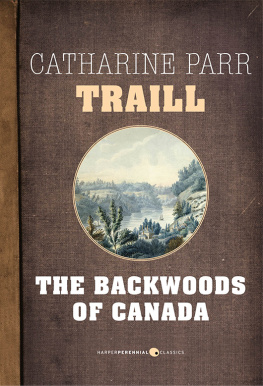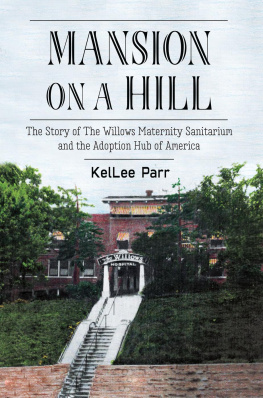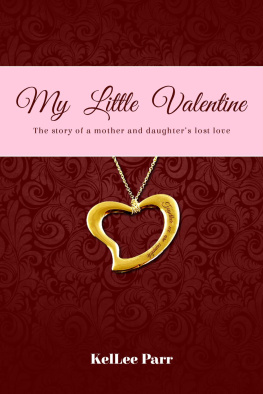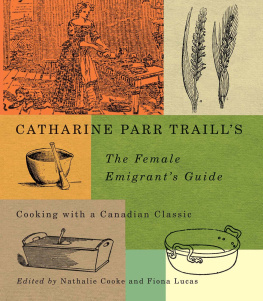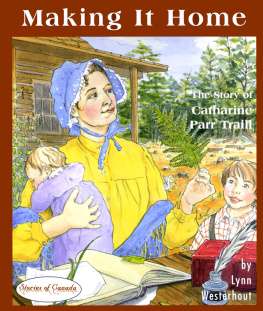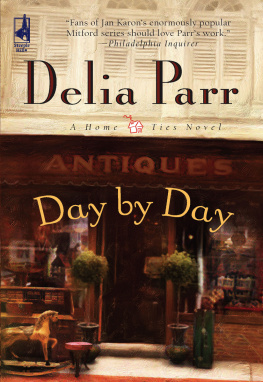

Making It Home
The Story of Catharine Parr Traill

Making It Home
The Story of Catharine Parr Traill
by
Lynn Westerhout
Illustrations by Liz Milkau
Series Editor: Allister Thompson

Napoleon Publishing
Text copyright 2004 Lynn Westerhout
Illustrations copyright 2004 Liz Milkau
All rights in this book are reserved. No part of this publication may be reproduced, stored in a retrieval system or transmitted, in any form or by any means, electronic, mechanical, photocopying or otherwise, without the prior written consent of the publisher.
Napoleon Publishing
Toronto Ontario Canada

Napoleon Publishing acknowledges the support of the Canada Council for the Arts for our publishing program.

Printed in Canada
Library and Archives Canada Cataloguing in Publication
Westerhout, Lynn, date
Making it home : the story of Catharine Parr Traill / Lynn Westerhout.
ISBN 0-929141-90-3
1. Traill, Catherine Parr, 1802-1899--Juvenile literature. 2. Frontier and pioneer life--Ontario--Juvenile literature. 3. Women pioneers--Ontario--Biography--Juvenile literature. 4. Women authors, Canadian (English)--19th century--Biography--Juvenile literature. 5. Women authors, Canadian (English)--Ontario--Biography--Juvenile literature. I. Title.
PS8439.T7Z93 2004 j971.3'02'092 | C2004-903225-9 |
I dedicate this book to my mother,
Betty Irene Clifford Westerhout,
whose favourite flower
is the rose baywillow herb.

CONTENTS

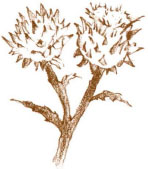
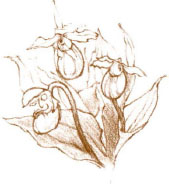
Catharine Parr Traill: Natural Storyteller
Catharine Parr Traill loved to write. She wrote stories in secret as a child, knowing she would be punished if she were caught. As an adult, she wrote while she was hungry and fearful for the safety of her own babies. She even wrote when it hurt to hold the pen.
Her work and her life were pioneering. Her stories for children were part of a new focus on young people. Her books on emigration encouraged other pioneers who struggled with life in a new country. She was one of the first to record the Ontario wilderness in literary and scientific detail.
Catharine wrote for herself, her family and for the public. She wrote to earn money, but her work showed that wonder, courage and faith are most important in life. These ideas were vital to her, but what in her own life shaped these beliefs and her writing? How did an English girl called Katie, born way before computers, typewriters or even fountain pens were invented, grow up to give so much to Canadas early literature?

Katie
Catharine began life with a story. Born January 9, 1802 in England, she was named after historic Queen Catherine Parr, a distant relative of her father. Young Catharine was known in the family as The Katie, as if she were royalty too!
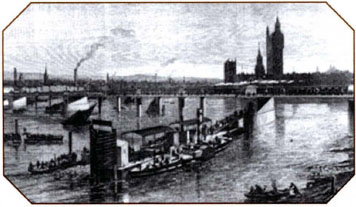
London in the 19th century
She was the fifth daughter of Thomas Strickland and his wife Elizabeth Homer. Her older sisters were Eliza, Agnes, Sarah and Jane. Blue-eyed Katie was the pet of them all. A year later, her younger sister Susanna was born, and then two brothers, Samuel and Thomas.
Catharines father made money managing the shipping docks at Rotherhithe, near the capital city of London. The family ate good food and wore fashionable clothes. They could afford luxuries such as books and servants to do the house and garden work.
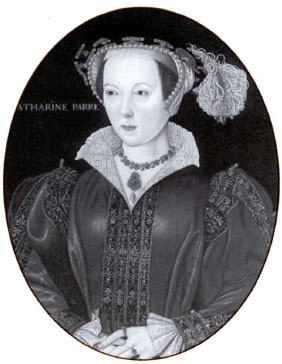
Queen Catherine Parr
NAMESAKES AND NICKNAMES
Queen Catherine Parr was the sixth and last wife of King Henry the Eighth of England. She lived from 1512 to 1548. Katie is a short form of Catharine. Eliza is short for Elizabeth, and Susanna was often called Susie. When Catharines brother Thomas was a baby, he tried to say Sarah, and it came out Thay. Soon all the family called her that.

First Garden
Catharine was a year old when doctors told her father to stop working so hard and move to the country. The family rented Stowe House, near the town of Bungay, Suffolk, in the valley of the Waveney River.
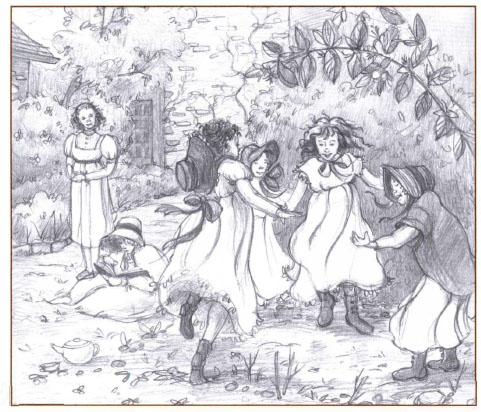
There were farms all around and a garden. A tiny stream trickled through a wild area behind some hedges. In spring, violets and primroses flowered, and Catharine and her sisters played for hours under the honeysuckle branches. They drank stream water from acorn cups and made flower beds fenced with little stones. Catharine begged plant roots and bulbs from the chief gardener and found an old tin teapot for a watering can.
She sat and listened while her big sister Eliza sang long dramatic ballads. She imagined magical creatures in the ivy when Jane told fairy stories. She called it our Eden, thinking of the perfect garden in the Bible story. Her parents often read aloud from this book of historical and miraculous tales, the basis for the religions of Judaism and Christianity.
SOCIAL RULES
Catharine did not have much choice in her playmates. She did not go to school, nor could she play with whoever was in the neighbourhood.
Society was divided into classes. Families belonged to a class, depending on how much money they had and how it was earned. Most families believed each should keep to their place in society. Families whose ancestors had been lords and ladies would rarely mix with businessmens families. Businessmens children did not play with servants or farmworkers children.

Next page



